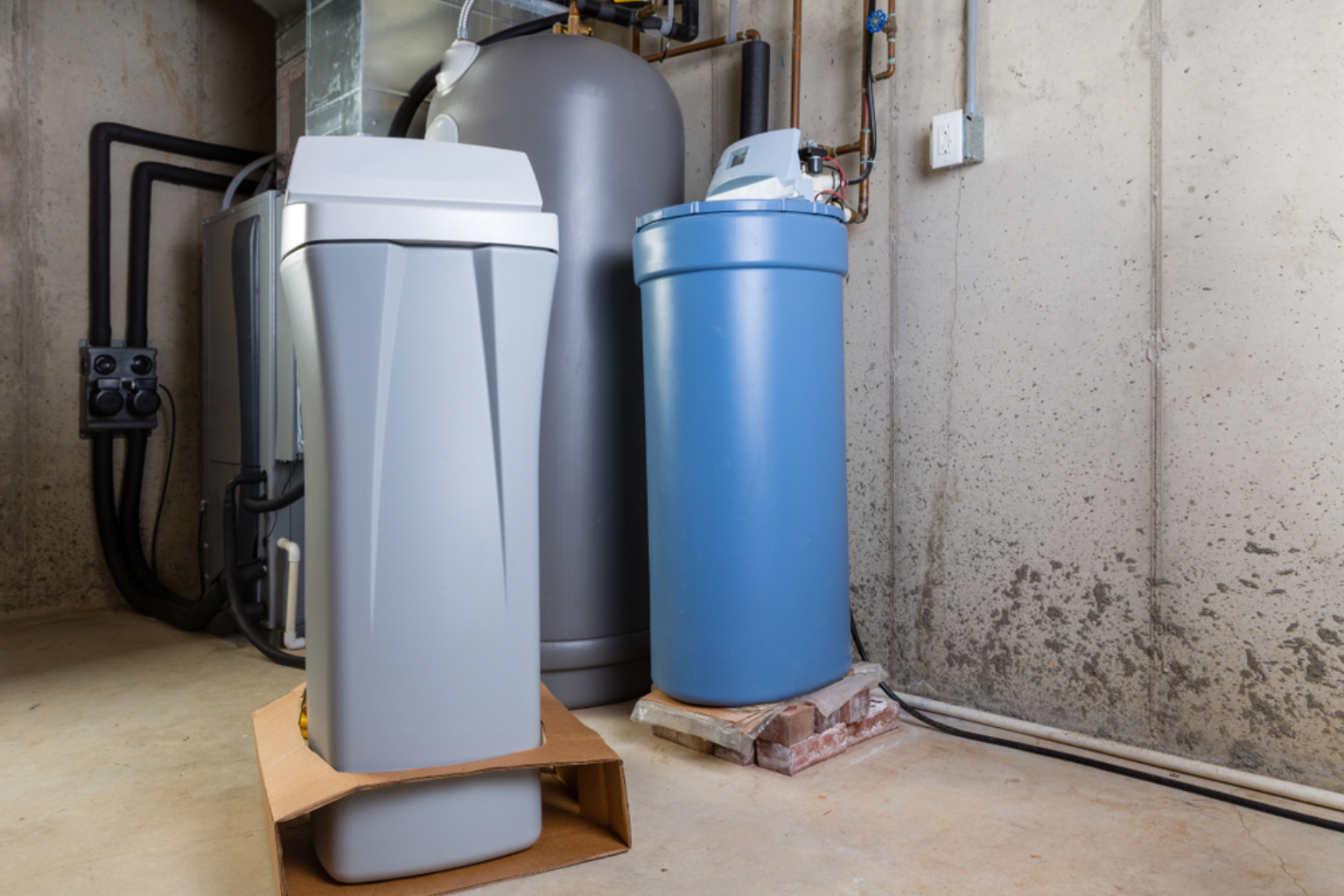Let’s face it—most of us don’t spend our Saturdays thinking about what goes inside the brine tank of a water softener. But if you’re the proud owner of one, or you’re just trying to figure out how to deal with relentless hard water, there’s a quiet yet significant decision waiting for you at your local hardware store: potassium or salt?
It might sound like a toss-up. Both do the job. Both soften water. Both come in those heavy bags you awkwardly wrestle into your cart. But here’s the thing—your choice affects not just your water but your health, your landscaping, your appliances, and even your wallet.
Let’s dive into the real-world differences between water softener potassium vs salt. potassium vs salt for water softener systems. Spoiler alert: there’s no one-size-fits-all answer. But there’s definitely one that’s right for you.
Why Do We Soften Water Anyway?
Before we compare these two heavy-hitters, let’s rewind for a second.
Hard water is water loaded with calcium and magnesium. While these minerals aren’t harmful to drink, they are a menace to plumbing, water heaters, dishes, laundry, and even your skin and hair. It makes soap less effective, leaves residue everywhere, and slowly wears down your home’s infrastructure.
Water softeners combat that through ion exchange. They pull out the hard minerals and swap them for either sodium (from salt) or potassium ions. So far, so good. But what you swap in makes all the difference.
Team Salt (Sodium Chloride): The Classic Workhorse
Sodium chloride has been the default softening solution for decades. It’s affordable, easy to find, and gets the job done—especially in areas with extremely hard water.
What’s great about using salt:
- Budget-friendly. Salt is generally cheaper than potassium—sometimes by as much as 60–75%.
- Efficient softening. Sodium is effective at replacing calcium and magnesium in the ion exchange process.
- Longer-lasting. Softener systems using salt usually require less frequent regeneration, saving water and energy.
Downsides? Well, the sodium itself. While it’s added in very small amounts, people on low-sodium diets or those who just prefer the cleanest drinking water might prefer to avoid it. And environmentally? Salt-based discharge isn’t exactly friendly to gardens or septic systems.
Team Potassium (Potassium Chloride): The Greener Contender
Potassium chloride is sort of the younger, more health-conscious sibling of sodium chloride. It does the same job but swaps sodium for potassium—a nutrient your body actually needs in moderation.
Why some households go potassium:
- No added sodium. Better for those on salt-restricted diets or anyone watching their sodium intake.
- Plant-safe discharge. Potassium is beneficial for soil, which is a huge win if you’re watering a lawn or garden with softened water.
- Peace of mind. Many people just feel better using something that sounds healthier.
But it comes at a cost—literally. Potassium is significantly more expensive, and it’s slightly less efficient at softening. That means your softener might regenerate more often, using more water and power in the process.
So… What Should You Pick?
The decision often comes down to priorities. Are you aiming to stretch your dollars? Is health a top concern? Are you trying to reduce your environmental footprint? Let’s break it down a bit more:
- Choose salt if…
- You have very hard water and want a cost-effective solution.
- You don’t have dietary sodium restrictions.
- Your home’s plumbing and irrigation systems don’t route softened water to outdoor use.
- You have very hard water and want a cost-effective solution.
- Choose potassium if…
- You want to avoid adding sodium to your drinking water.
- You water a lot of plants or landscape with softened water.
- You’re willing to pay a little more for health or sustainability reasons.
- You want to avoid adding sodium to your drinking water.
Some homeowners even alternate—using salt most of the year and switching to potassium during the spring and summer gardening season. A little mix-and-match can help balance cost with environmental care.
Switching Between Salt and Potassium? Read This First.
If you’re thinking of switching products, do it smartly. Never mix the two in the tank. Clean it out completely first. Otherwise, you risk clumping and reduced softener performance.
Also, if you’re switching to potassium, monitor your system for a few weeks. You might need to tweak the regeneration schedule slightly to account for its lower efficiency.
A Final Word on Water That Works for You
Water softening is one of those behind-the-scenes household heroes. You don’t see it working, but you feel it every day—in the way your water tastes, how your skin feels after a shower, and whether your dishwasher leaves glasses sparkling or spotted.
So even if it seems like a small decision—choosing between potassium or salt—it actually says a lot about how you live. About what matters to you. About how you take care of your home, your health, and the world just outside your door.
When it comes to water softener potassium vs salt. potassium vs salt for water softener, both options will leave you with soft water. The only difference is how you want to get there.
And now that you’ve got the facts? You’re ready to make that call—not just for your brine tank, but for your entire home.





